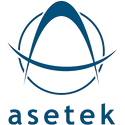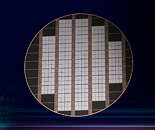
ASML Issues Statement Regarding Dutch Export Control Regulations
Today the Dutch government has published the new regulations regarding export controls of semiconductor equipment. As announced earlier in March, the new export controls focus on advanced chip manufacturing technology, including the most advanced deposition and immersion lithography systems.
Due to these export control regulations, ASML will need to apply for export licenses with the Dutch government for all shipments of its most advanced immersion DUV lithography systems (TWINSCAN NXT:2000i and subsequent immersion systems). The Dutch government will determine whether to grant or deny the required export licenses and provide further details to the company on any conditions that apply.
Due to these export control regulations, ASML will need to apply for export licenses with the Dutch government for all shipments of its most advanced immersion DUV lithography systems (TWINSCAN NXT:2000i and subsequent immersion systems). The Dutch government will determine whether to grant or deny the required export licenses and provide further details to the company on any conditions that apply.







































